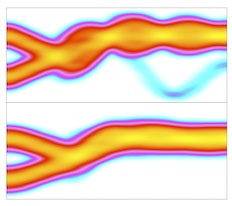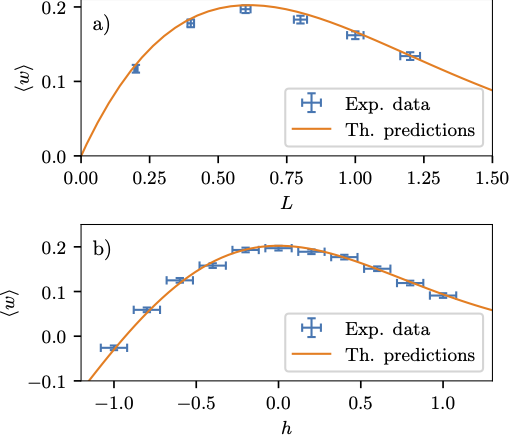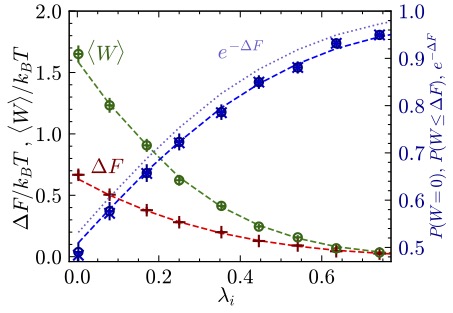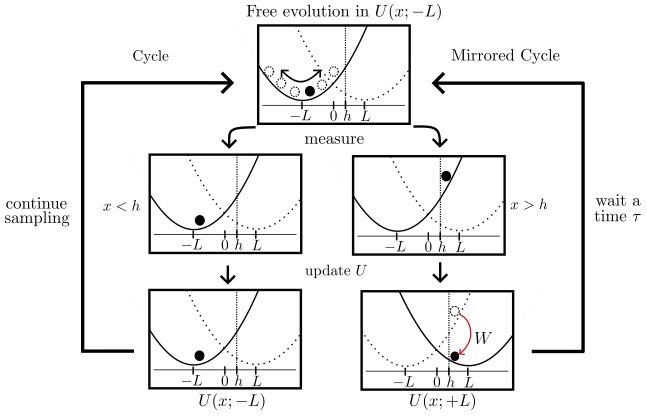Ludovic Bellon, Chem 12, 102690 (2026)
doi: 10.1016/j.chempr.2025.102690
In Chem 12, 102691 (2025), Li et al.[i] describe the use of atomic force spectroscopy to detect, stall, and characterize a single molecular rotor. Their work extends force spectroscopy beyond linear deformations, offering a powerful, accessible alternative to tunneling microscopy for probing molecular rotation and associated energy landscapes
[i] X. Li, Y. Gisbert, M. Ledent, D. Sluysmans, G. Rapenne, C. Kammerer and A.-S. Duwez. Probing the free rotary oscillations around a single ruthenium atom in an organometallic complex. Chem 12, 102691 (2025)










